In Search of the Essence of Place
Petr Král. First published as ‘Enquête sur des lieux’ (Flammarion, 2007); translated by Christopher Moncrieff (Pushkin Press, 2012)
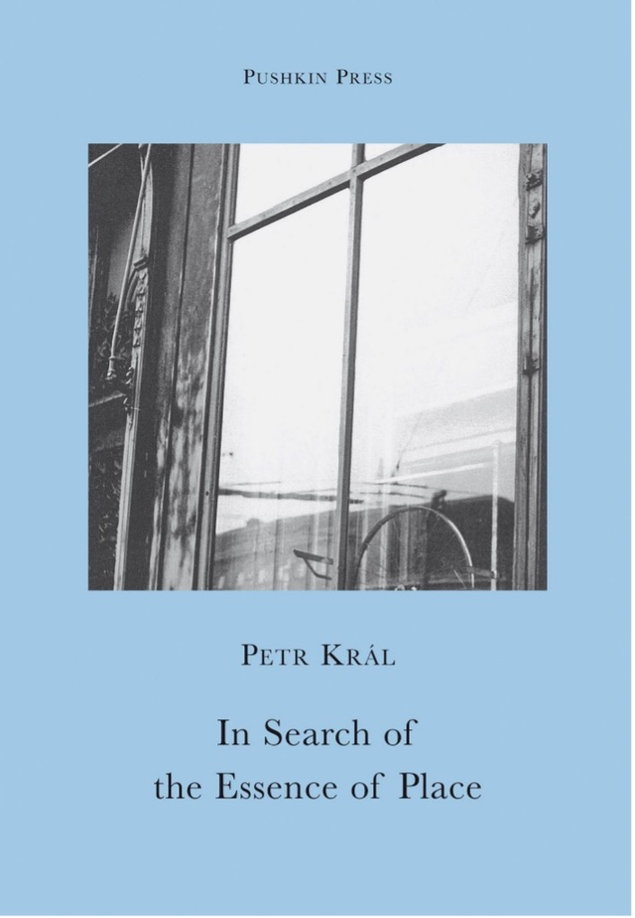
Recommended by Jon Stevens
Petr Král was a Czech writer, who died in 2020. ‘In Search of the Essence of Place’ was one of his last books, published in 2007. Král was born in German occupied Prague and grew up under Communism. After the ‘Prague Spring’, like many writers and intellectuals, he fled to Paris where he spent the next thirty years, apart from a short period in North America. He returned to Prague in 2006.
‘In Search of the Essence of Place’ is an elliptical and fragmented journey through Král’s life. It is a tale of exile and of displacement, in which primacy is given to the places he experienced rather than the people he met. Král was a member of the Czech surrealist movement and, on his first visit to Paris, he wanders the streets searching for the home of André Breton (who he refers to obliquely as ‘the prophet’). Following the example of Breton’s autofiction Nadja, Král’s text is interspersed with commonplace black and white photographs; and like Breton he is preoccupied by the ‘strangeness of things and places’.
The most unsettling aspect of places is their lack of clear boundaries…even their frontiers are hidden from our eyes by their deceptive drifting motion…(as in) the distinctive way in which the decoration of the most ornate palaces breathes in and out…and then suddenly ceases, when we study it too closely, leaving us with an inanimate lump of masonry.
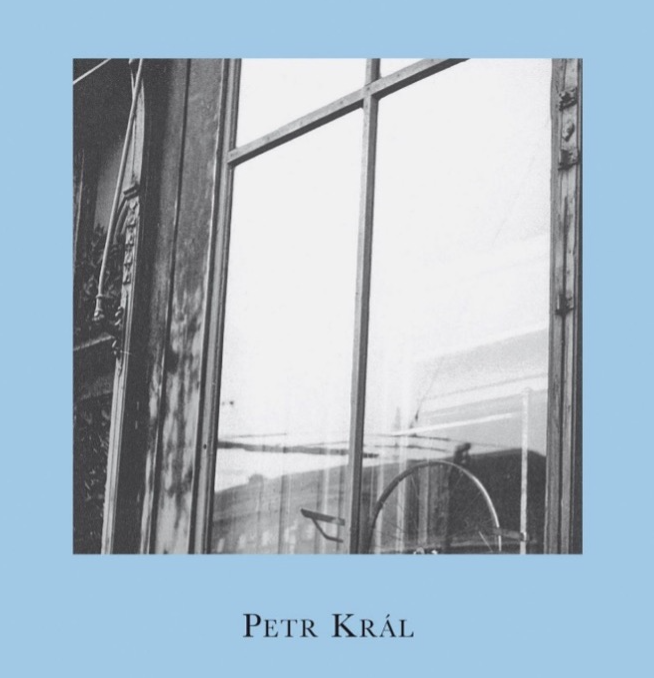
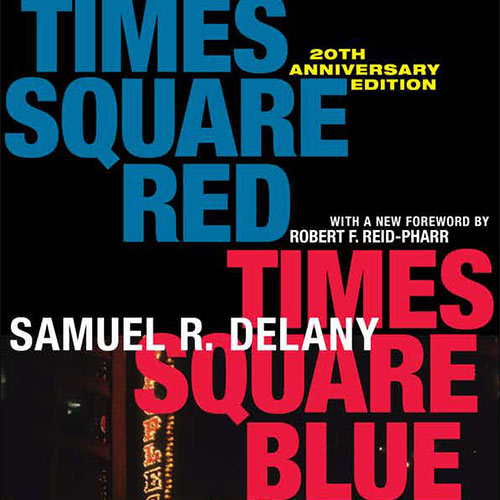
 Times Square Red, Times Square Blue provocatively explores the redevelopment of New York City’s 42nd Street, or the Deuce, since the start of the 1960s – ‘a violent reconfiguration’ of the landscape of the city. The book consists of two extended essays, each moving ‘along different trajectories and at different intensities … two attempts by a single navigator to describe what the temporal coastline and the lay of the land looked like and felt like and the thoughts he had while observing them’. Delany playfully but instructively tracks the shift of one of the world’s most famous urban places – Times Square – from a locale hinging on pornography and public sex to one structured around tourism, ‘family values and safety’. In evoking and mourning the disappearance of the old Times Square, Delany illuminates the complex social relationships that developed there and were subsequently lost, exploring the pleasure and importance of communication across classes and in public spaces, and the crucial differences between institutionally-engineered networking (which tends to take place indoors) and contact, which is associated with public space and is more broadly social and random.
Times Square Red, Times Square Blue provocatively explores the redevelopment of New York City’s 42nd Street, or the Deuce, since the start of the 1960s – ‘a violent reconfiguration’ of the landscape of the city. The book consists of two extended essays, each moving ‘along different trajectories and at different intensities … two attempts by a single navigator to describe what the temporal coastline and the lay of the land looked like and felt like and the thoughts he had while observing them’. Delany playfully but instructively tracks the shift of one of the world’s most famous urban places – Times Square – from a locale hinging on pornography and public sex to one structured around tourism, ‘family values and safety’. In evoking and mourning the disappearance of the old Times Square, Delany illuminates the complex social relationships that developed there and were subsequently lost, exploring the pleasure and importance of communication across classes and in public spaces, and the crucial differences between institutionally-engineered networking (which tends to take place indoors) and contact, which is associated with public space and is more broadly social and random.
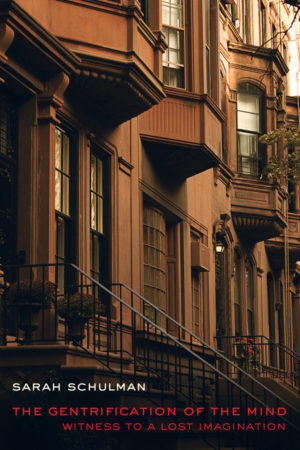 This is a queer book – one that refuses the well-worn and instantly recognizable structure of academic books, that doesn’t follow the storyline academic books are supposed to follow. As Schulman writes in her introduction, ‘some ideas have to be formally replicated, instead of being described. They have to be evoked.’ The Gentrification of the Mind is a memoir and analysis of the years during the AIDS crisis during which Schulman witnessed the disappearance of the New York she knew and loved, with the spectre of AIDS moving hand-in-hand with gentrification and mainstream consumerism. It laments lost places and lost people (‘destroyed neighborhoods remain destroyed’) but it is also a celebration of difference and futurity, of using activism and the arts to reclaim those lost places: ‘in order for radical queer culture to thrive, there must be diverse, dynamic cities in which we can hide/flaunt/learn/influence – in which there is room for variation and discovery’.
This is a queer book – one that refuses the well-worn and instantly recognizable structure of academic books, that doesn’t follow the storyline academic books are supposed to follow. As Schulman writes in her introduction, ‘some ideas have to be formally replicated, instead of being described. They have to be evoked.’ The Gentrification of the Mind is a memoir and analysis of the years during the AIDS crisis during which Schulman witnessed the disappearance of the New York she knew and loved, with the spectre of AIDS moving hand-in-hand with gentrification and mainstream consumerism. It laments lost places and lost people (‘destroyed neighborhoods remain destroyed’) but it is also a celebration of difference and futurity, of using activism and the arts to reclaim those lost places: ‘in order for radical queer culture to thrive, there must be diverse, dynamic cities in which we can hide/flaunt/learn/influence – in which there is room for variation and discovery’.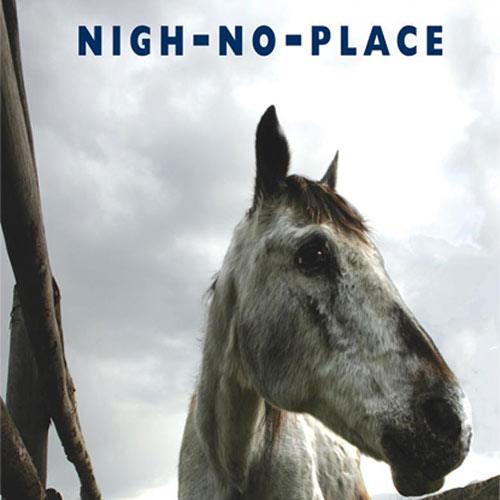
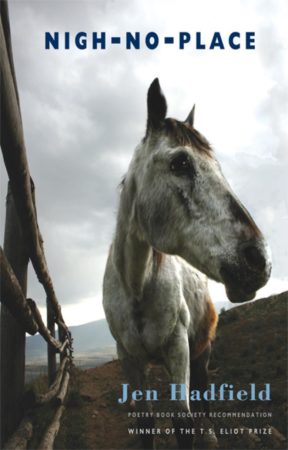 As in all of Jen Hadfield’s poetry collections, Nigh-No-Place explores the Shetland landscape in an intimate and yet estranging manner. Her eye for detail and ear for sound brings us the more curious and overlooked parts of the landscape. Inventive and often curious images lead the writing, as well as her sensitive use of the Shetland dialect. My favourite poem is ‘Daed-traa’ (a Shetland word used for ‘the slack of the tide’) that is an extraordinary feat of mixed metaphor in which a manifesto for poetry is entangled within the landscape itself and its inhabiting creatures: ‘I go to the rockpool at the slack of the tide / to mind me what my poetry’s for… It has its Little Shop of Horrors. / It has its crossed and dotted monsters’.
As in all of Jen Hadfield’s poetry collections, Nigh-No-Place explores the Shetland landscape in an intimate and yet estranging manner. Her eye for detail and ear for sound brings us the more curious and overlooked parts of the landscape. Inventive and often curious images lead the writing, as well as her sensitive use of the Shetland dialect. My favourite poem is ‘Daed-traa’ (a Shetland word used for ‘the slack of the tide’) that is an extraordinary feat of mixed metaphor in which a manifesto for poetry is entangled within the landscape itself and its inhabiting creatures: ‘I go to the rockpool at the slack of the tide / to mind me what my poetry’s for… It has its Little Shop of Horrors. / It has its crossed and dotted monsters’.